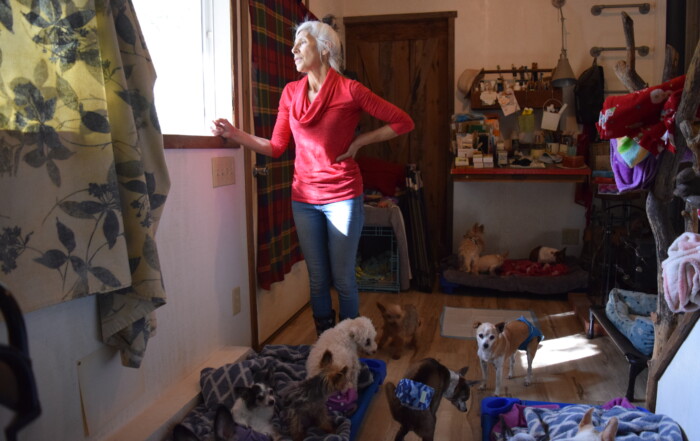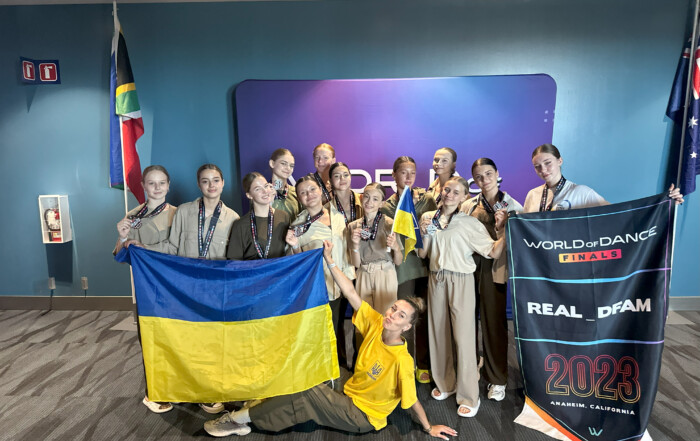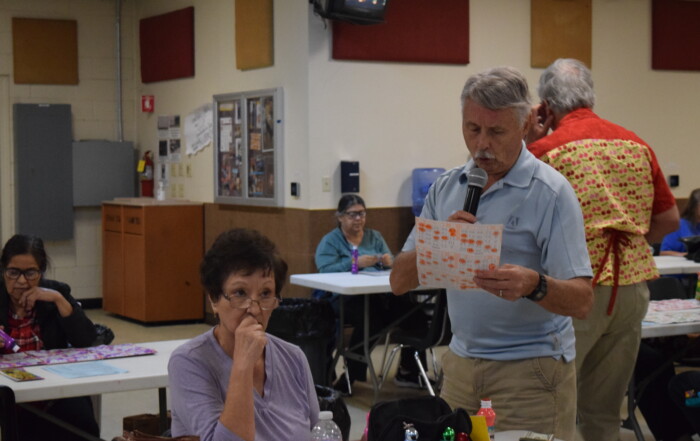Gilroy and South Bay Extended Weather Forecast
Local nonprofit provides sanctuary for dogs’ end-of-life
Photo by Kaylee Arca. Armani Mondragon, who founded Brave Dogs Advocacy, watches over rescued dogs in her tiny home. Brave Dogs Advocacy rescues senior dogs from animal shelters By Kaylee Arca Deep in [...]
Teenage dance team achieves dreams
Photo courtesy REAL_DFAM. The REAL_DFAM team after taking fourth place at the 2023 World of Dance Championship. Oakwood student, family raises $20K to support Ukraine dance team By Kaylee Arca In times of [...]
San Martin Lions raise $50K for charities
Photo by Kaylee Arca. A volunteer checks the card of a potential winner during one of the weekly Wednesday night bingo games. Club collects used glasses, hearing aids and printer cartridges By Kaylee [...]
Editorial: OSA’s Coyote Valley preserve moves to inclusivity in nature
Studies suggest nature exposure can aid in managing chronic pain.
![]()
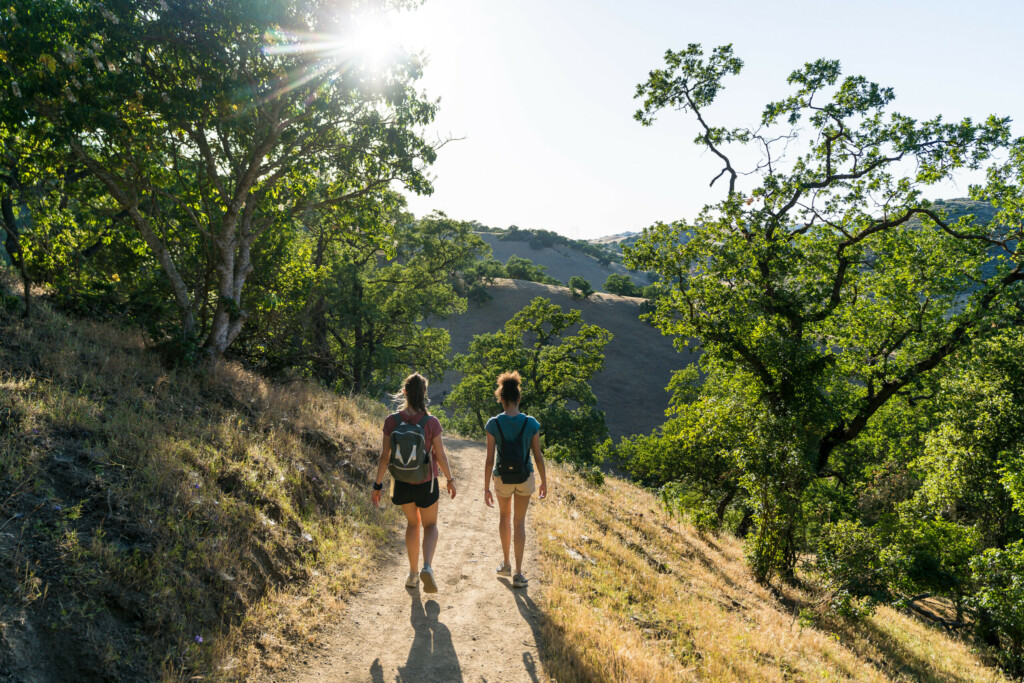
Two hikers enjoy a trail at Coyote Valley Open Space Preserve. Photo courtesy Open Space Authority
This editorial is the opinion of Gilroy Life
In an era where urban sprawl often overshadows the need for accessible green spaces, the Santa Clara Valley Open Space Authority is taking a commendable step forward. The planned improvements to the Coyote Valley Open Space Preserve, set to begin in summer 2025, represent a thoughtful blend of conservation, education, and inclusivity.
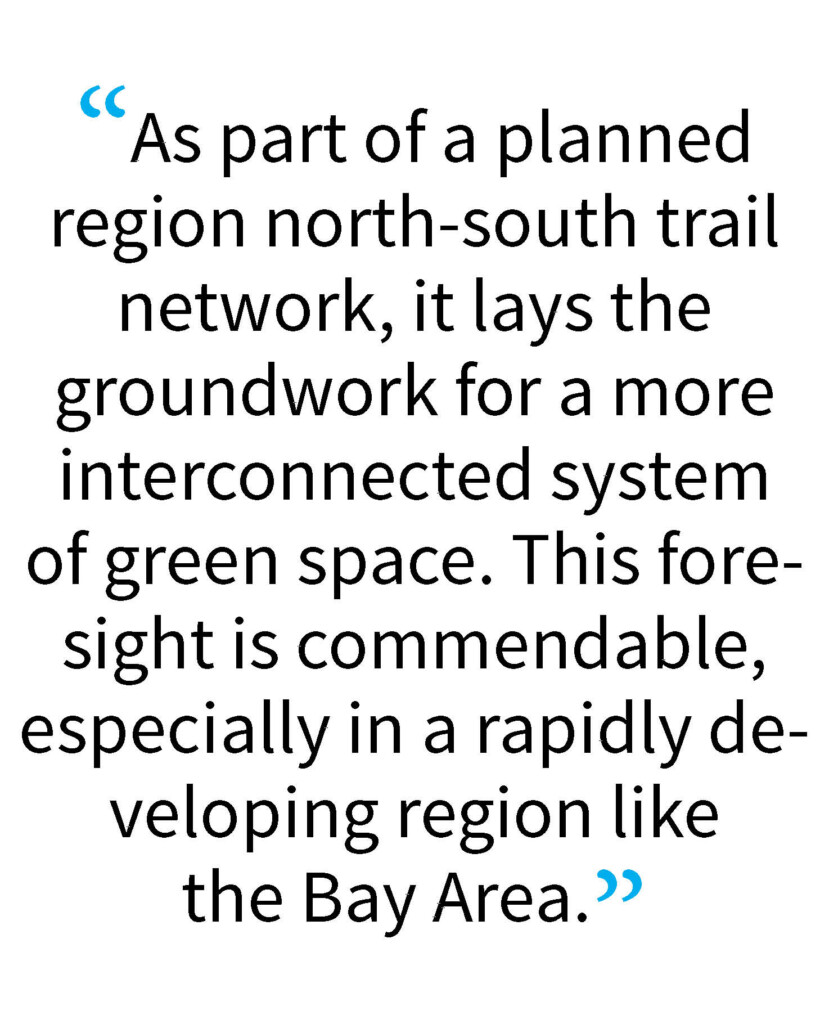 The project’s cornerstone is the enhancement of the Heart’s Delight Trail, a quarter-mile path that will be stabilized to accommodate visitors with mobility impairments. This seemingly small change carries immense significance. It opens the door for a more diverse group of nature enthusiasts to experience the breathtaking North Meadow area, with its impressive oak trees and rich biodiversity.
The project’s cornerstone is the enhancement of the Heart’s Delight Trail, a quarter-mile path that will be stabilized to accommodate visitors with mobility impairments. This seemingly small change carries immense significance. It opens the door for a more diverse group of nature enthusiasts to experience the breathtaking North Meadow area, with its impressive oak trees and rich biodiversity.
The total cost of the project is $1.4 million, with $800,000 funded by the Federal Community Project Funding, $200,000 from Santa Clara Valley Water District’s Safe, Clean Water Project D3 Trails Grant Program and $400,000 from the OSA’s Measure Q parcel tax passed by voters in 2014.
The benefits of such accessibility improvements cannot be overstated. For people with physical disabilities, spending time in nature offers a multitude of advantages. Outdoor activities, even gentle ones, can improve cardiovascular health, strengthen muscles, and enhance flexibility and balance. Moreover, nature exposure has been shown to reduce stress, anxiety, and depression, boosting overall mental well-being.
Nature provides a rich sensory experience with diverse sights, sounds, smells, and textures that can be especially beneficial for those with limited mobility. Accessible outdoor spaces also allow children and adults with disabilities to engage in activities with friends and family, reducing isolation and fostering social interaction. Navigating these environments can increase independence and foster a sense of autonomy and self-reliance.
The cognitive benefits are equally significant. Interacting with nature can improve concentration, creativity, and cognitive function. Time spent outdoors, especially in natural light, can help regulate sleep patterns and provide crucial vitamin D exposure. Some studies even suggest that nature exposure can aid in managing chronic pain.
Representative Jimmy Panetta’s (CA-19) announcement of federal funding for this accessibility project underscores the growing recognition of the importance of equitable openness to nature. It’s a refreshing departure from the often-polarized debates surrounding public land use, demonstrating how conservation and public access can coexist harmoniously.
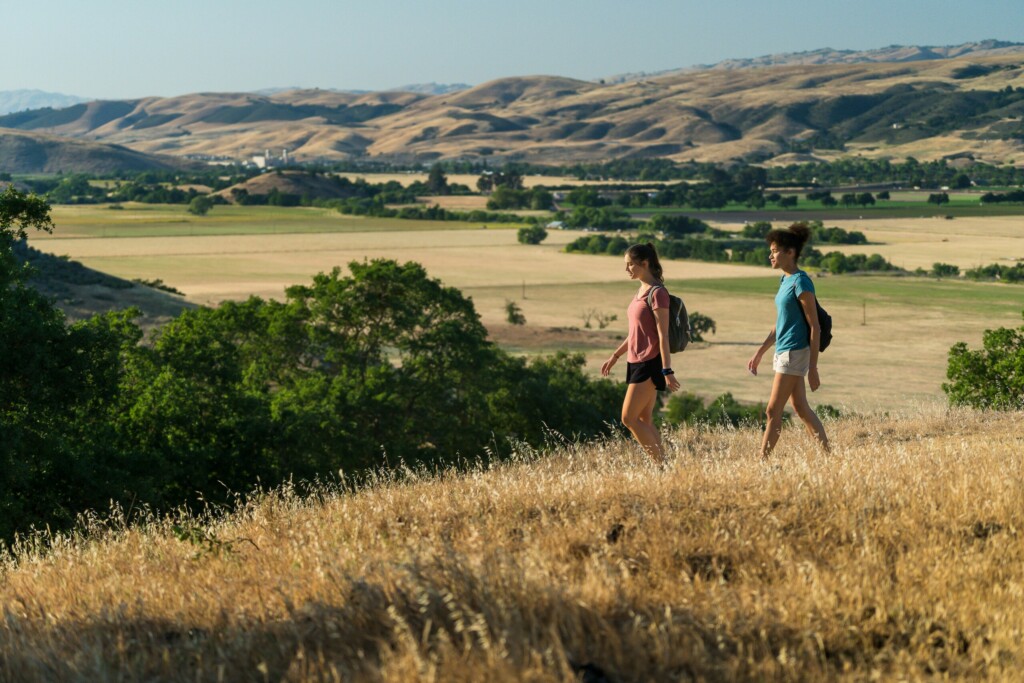
Photo courtesy Open Space Authority
The addition of interpretive learning stations along the trail is particularly noteworthy. By educating visitors about the history and conservation efforts in Coyote Valley, the project fosters a deeper connection between people and the land. This understanding is crucial for building a constituency that will advocate for the preservation of such spaces in the future.
Furthermore, experiencing nature firsthand can foster a deeper appreciation for the environment and conservation efforts. Adaptive outdoor activities provide opportunities to learn new skills and hobbies, while overcoming outdoor challenges can boost self-esteem and confidence in other areas of life.
The project’s vision extends beyond immediate improvements. As part of a planned regional north-south trail network, it lays the groundwork for a more interconnected system of green spaces. This foresight is commendable, especially in a rapidly developing region like the Bay Area.
However, as with any development in natural areas, caution is necessary. The balance between increased access and ecological preservation must be carefully maintained. The Open Space Authority should ensure that the enhanced human presence doesn’t negatively impact the Fisher Creek watershed or the wildlife that calls this area home.
 The Coyote Valley project serves as a model for other South Valley outdoor recreational areas on how public lands can be made more accessible without compromising their natural integrity. It’s a reminder that our open spaces should be truly open to all, regardless of physical ability.
The Coyote Valley project serves as a model for other South Valley outdoor recreational areas on how public lands can be made more accessible without compromising their natural integrity. It’s a reminder that our open spaces should be truly open to all, regardless of physical ability.
As we face increasing urbanization and climate challenges, such initiatives that connect more people with nature are not just admirable, they’re essential. By providing equitable access to the myriad benefits of nature, we create a more inclusive and healthier society for all.

